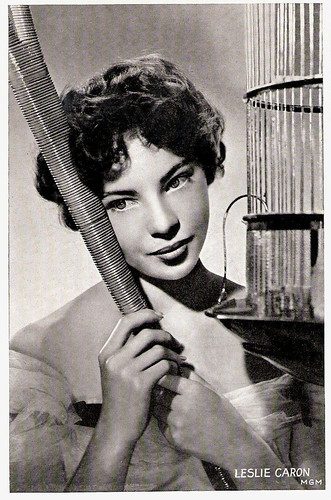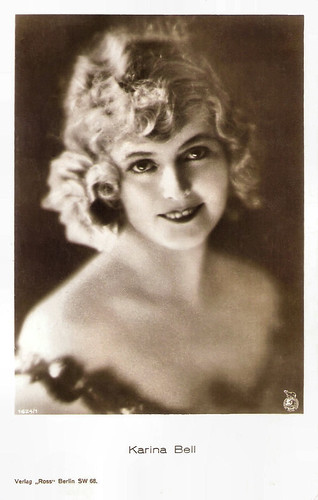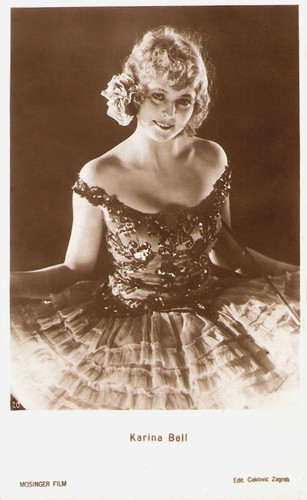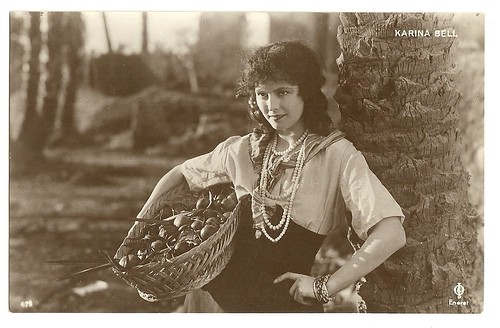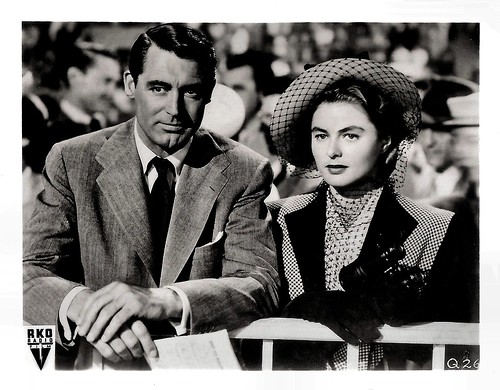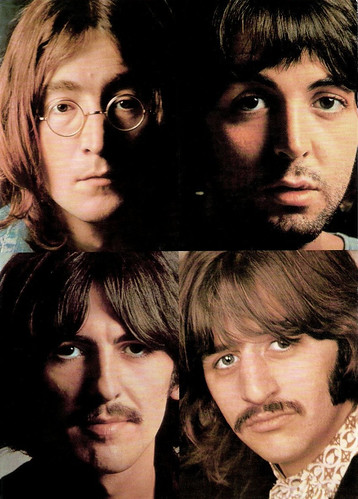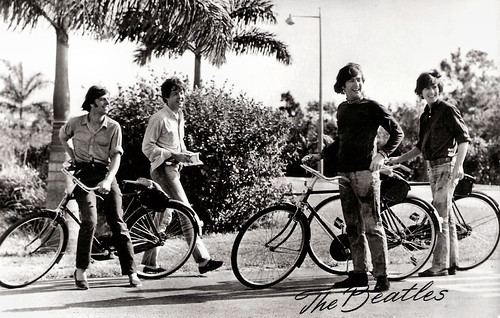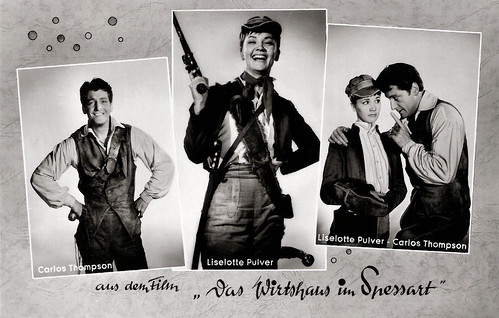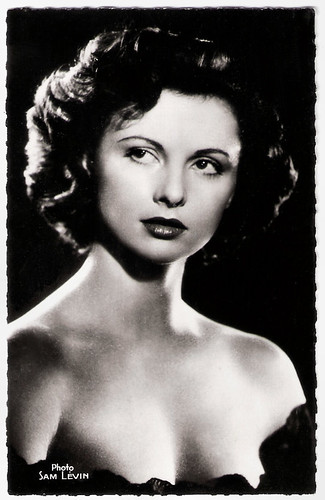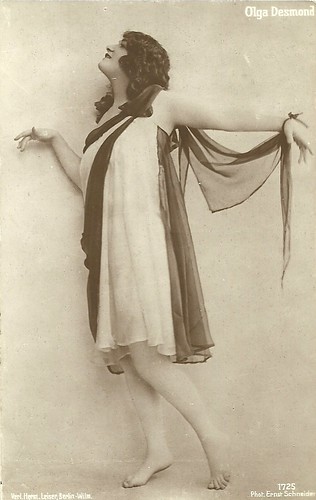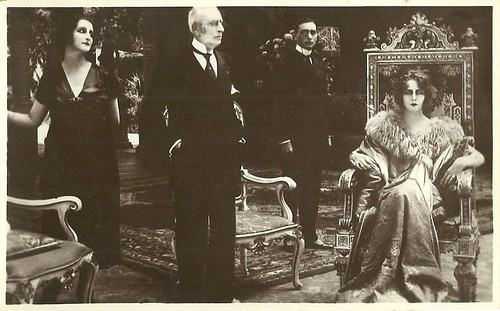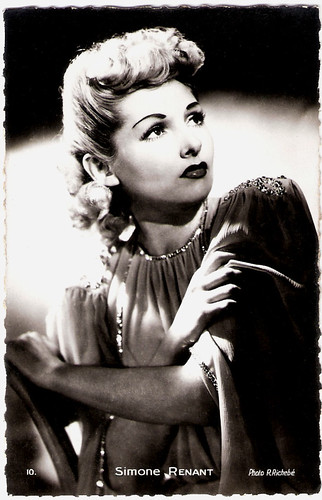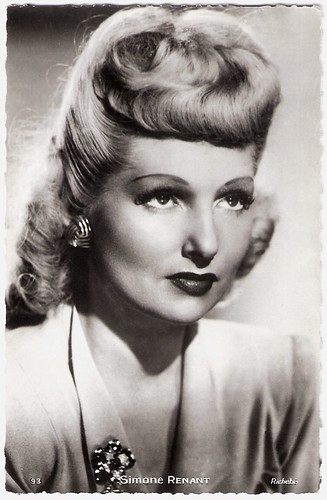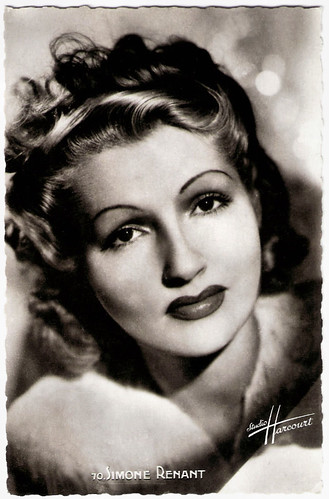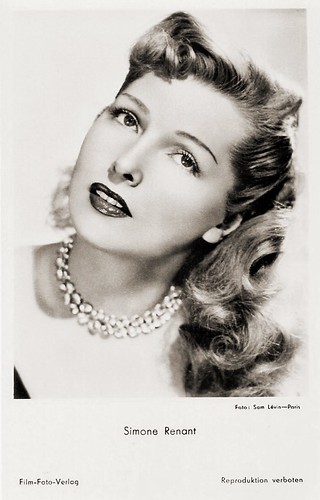Beautiful Nelly Corradi (1914–1968) was an Italian opera singer and actress.She made her film debut in Max Ophüls’s La signora di tutti (1934) and had her biggest successes after the war with opera films like Lucia di Lammermoor (1946).
![Nelly Corradi]()
Italian postcard by ASER, no. 137. Photo: De Antonis.
Nelly or Nelli Corradi was born in Parma, Italy, in 1914.
She studied to become a lyrical soprano at the the Conservatory of Parma. After graduating, she started to perform in operas.
In 1934 famous director Max Ophüls spotted her for the cinema and she made her film debut with a supporting part in his La signora di tutti/Everybody's Woman (Max Ophüls, 1934) starring Isa Miranda. It is the only film Max Ophüls made in Italy. The film was a success and made Isa Miranda a star.
Soon followed also leading parts for Corradi in such films as the drama Luci sommerse/Dimmed Lights (Adelqui Migliar, 1934) with Fosco Giacchetti, and Il torrente/The creek (Marco Elter, 1938) with Camillo Pilotto.
She married director Marco Elter and also appeared in his Shakespeare adaptation Dente per dente/Measure for Measure (1943). Elter died in 1945.
![Nelly Corradi in La Signora di tutti (1934)]()
Italian postcard by Rizzoli, Milano, no. 1934-XII. Photo: Novella-Film. Publicity still for La signora di tutti/Everybody's Woman (Max Ophüls, 1934) with Nelly Corradi, Lamberto Picasso and Maria Puccini. Caption: Film prescelta per la II Biennale Cinematograficia di Venezia. (Film selected for the second Venice Film Festival).
![Enrico Benfer and Nelly Corradi in La Signora di tutti (1934)]()
Italian postcard by Rizzoli, Milano, no. 1934-XII. Photo: Novella-Film. Publicity still for La signora di tutti/Everybody's Woman (Max Ophüls, 1934) with Enrico Benfer and Nelly Corradi.
Nelly Corradi is probably best known for her post-war starring parts in opera films like Lucia di Lammermoor (Piero Ballerini, 1946).
Fisher L Forrest at IMDb: “This is a very cinematic rendition of the Donizetti favorite featuring beautiful people, beautifully photographed, in beautiful settings. One may cavil that the atmosphere seems more Italian than Scottish, despite a few jaunty feathers in a bonnet or two and Normanno sporting a kilt and tartan plaid. But, what the heck! It is after all an Italian opera. Nelly Corradi is likely the most beautiful Lucia one is likely ever to see on screen or stage. Moreover, she is a consummate actress.”
The success of the film soon lead to other opera films like L'elisir d'amore/Elixir of Love (Mario Costa, 1947), Il barbiere di Siviglia/Barber of Seville (Mario Costa, 1947) with Tito Schippa, La signora dalle camelie/The Lost One (Carmine Gallone, 1947) and La forza del destino/The Force of Destiny (Carmine Gallone, 1950).
She portrayed Margherita (Gretchen) in La leggenda di Faust/Faust (Carmine Gallone, 1950) and played an opera singer in Puccini (Carmine Gallone, 1953), featuring Gabriele Ferzetti. Her final film was Gli orizzonti del sole/The horizons of the sun (Giovanni Paolucci, 1955).
Nelly Corradi died in 1968 in Rome, Italy.
![Nelly Corradi]()
Italian postcard by ASER, no. 173. Photo: De Antonis.
![Nelly Corradi]()
Italian postcard by ASER, no. 170. Photo: De Antonis.
Sources: Wikipedia and IMDb.

Italian postcard by ASER, no. 137. Photo: De Antonis.
Everybody's Woman
Nelly or Nelli Corradi was born in Parma, Italy, in 1914.
She studied to become a lyrical soprano at the the Conservatory of Parma. After graduating, she started to perform in operas.
In 1934 famous director Max Ophüls spotted her for the cinema and she made her film debut with a supporting part in his La signora di tutti/Everybody's Woman (Max Ophüls, 1934) starring Isa Miranda. It is the only film Max Ophüls made in Italy. The film was a success and made Isa Miranda a star.
Soon followed also leading parts for Corradi in such films as the drama Luci sommerse/Dimmed Lights (Adelqui Migliar, 1934) with Fosco Giacchetti, and Il torrente/The creek (Marco Elter, 1938) with Camillo Pilotto.
She married director Marco Elter and also appeared in his Shakespeare adaptation Dente per dente/Measure for Measure (1943). Elter died in 1945.

Italian postcard by Rizzoli, Milano, no. 1934-XII. Photo: Novella-Film. Publicity still for La signora di tutti/Everybody's Woman (Max Ophüls, 1934) with Nelly Corradi, Lamberto Picasso and Maria Puccini. Caption: Film prescelta per la II Biennale Cinematograficia di Venezia. (Film selected for the second Venice Film Festival).

Italian postcard by Rizzoli, Milano, no. 1934-XII. Photo: Novella-Film. Publicity still for La signora di tutti/Everybody's Woman (Max Ophüls, 1934) with Enrico Benfer and Nelly Corradi.
Lucia di Lammermoor
Nelly Corradi is probably best known for her post-war starring parts in opera films like Lucia di Lammermoor (Piero Ballerini, 1946).
Fisher L Forrest at IMDb: “This is a very cinematic rendition of the Donizetti favorite featuring beautiful people, beautifully photographed, in beautiful settings. One may cavil that the atmosphere seems more Italian than Scottish, despite a few jaunty feathers in a bonnet or two and Normanno sporting a kilt and tartan plaid. But, what the heck! It is after all an Italian opera. Nelly Corradi is likely the most beautiful Lucia one is likely ever to see on screen or stage. Moreover, she is a consummate actress.”
The success of the film soon lead to other opera films like L'elisir d'amore/Elixir of Love (Mario Costa, 1947), Il barbiere di Siviglia/Barber of Seville (Mario Costa, 1947) with Tito Schippa, La signora dalle camelie/The Lost One (Carmine Gallone, 1947) and La forza del destino/The Force of Destiny (Carmine Gallone, 1950).
She portrayed Margherita (Gretchen) in La leggenda di Faust/Faust (Carmine Gallone, 1950) and played an opera singer in Puccini (Carmine Gallone, 1953), featuring Gabriele Ferzetti. Her final film was Gli orizzonti del sole/The horizons of the sun (Giovanni Paolucci, 1955).
Nelly Corradi died in 1968 in Rome, Italy.

Italian postcard by ASER, no. 173. Photo: De Antonis.

Italian postcard by ASER, no. 170. Photo: De Antonis.
Sources: Wikipedia and IMDb.









